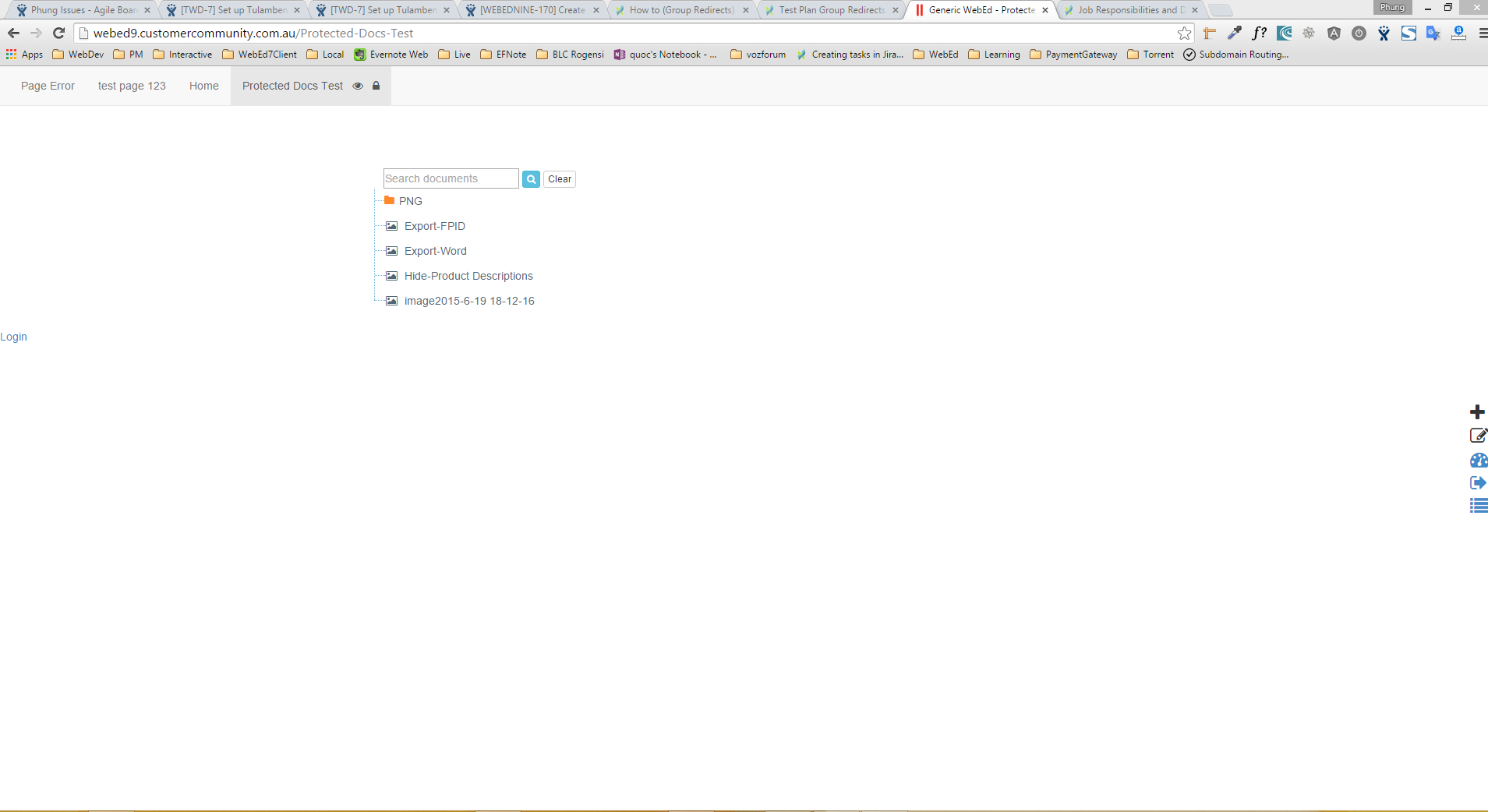Configuring Editor Tool Bars for User Groups Overview
Group Messages
What is a group message?
A group message can be used to notify a group of users on login. Each member of the group will see a message on the screen when they log in to your portal or website.
Not sure about user groups? See how to manage User Groups
Why would you use a group message?
This function provides a simple way for the admin can send messages to users in many groups at the same time. This module can be very useful if an admin user wants to send information through a bulk of users or organisations.
- An example of a Group Message
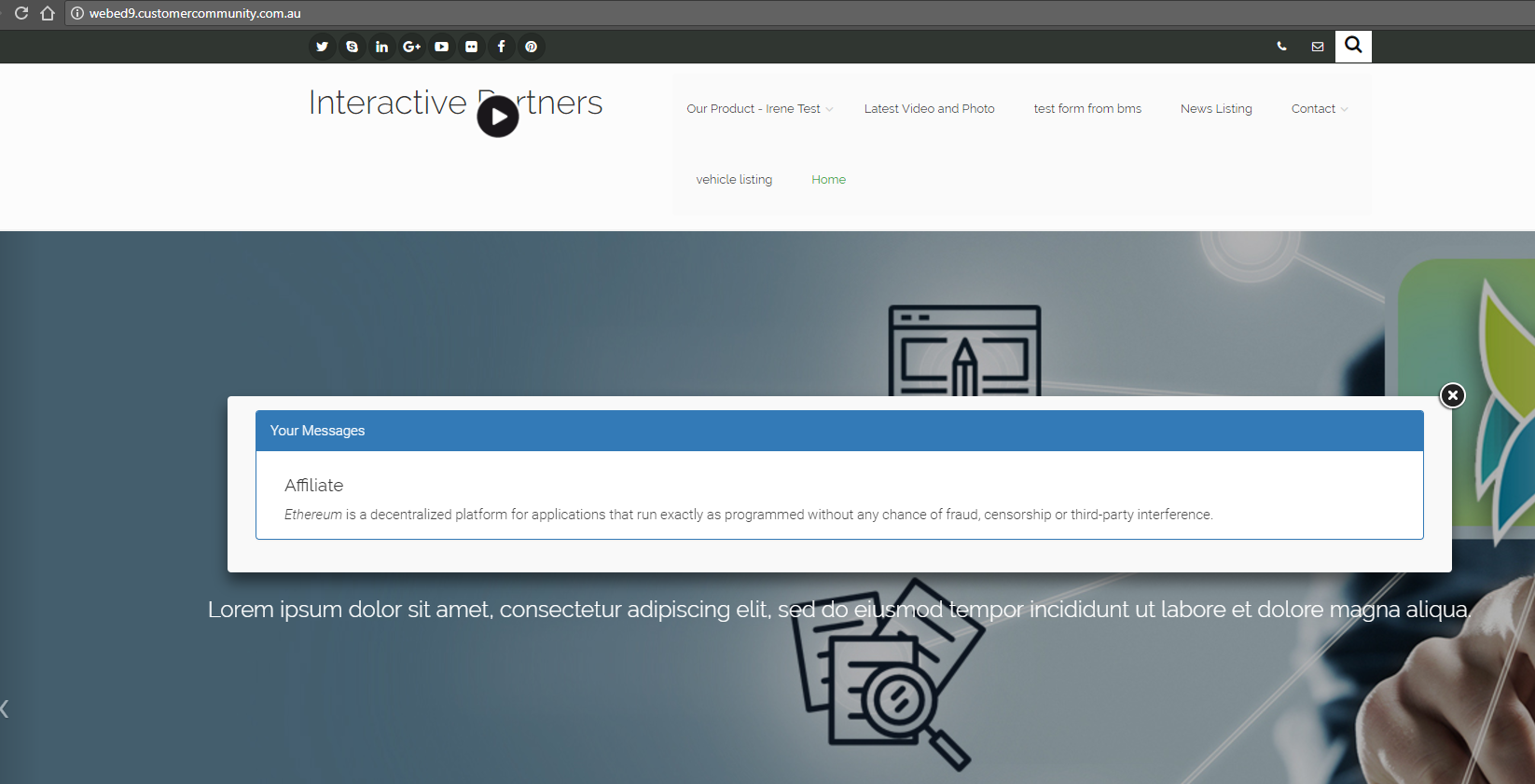
Creating a Group Message
-
1Log in as an administrator and go to the Admin Dashboard.
Learn how to log in here → -
2On the left navigation, select User Management > Group Messages
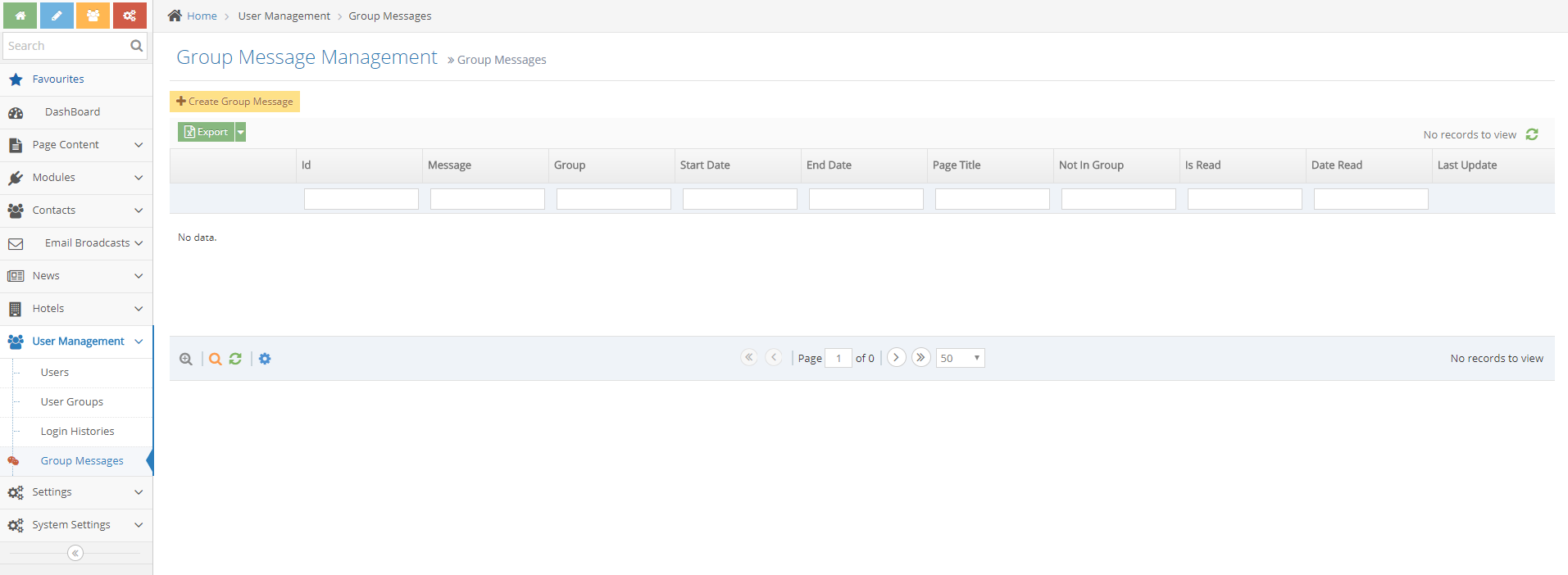
-
3Create a message on the Group Message Listing page
-
4Click on the Create Group Message button
Fill in the following details:- Enter an optional Start and End Date if you want to control the group messages by date
- Page: select a page on which the message will show, normally this would be set to the home portal main page visited by most people
- Select the Group: The group which will be shown the messages (mandatory)
- Not In Group: Users who may be in the group selected for the messages but are also in this group, will not see the messages
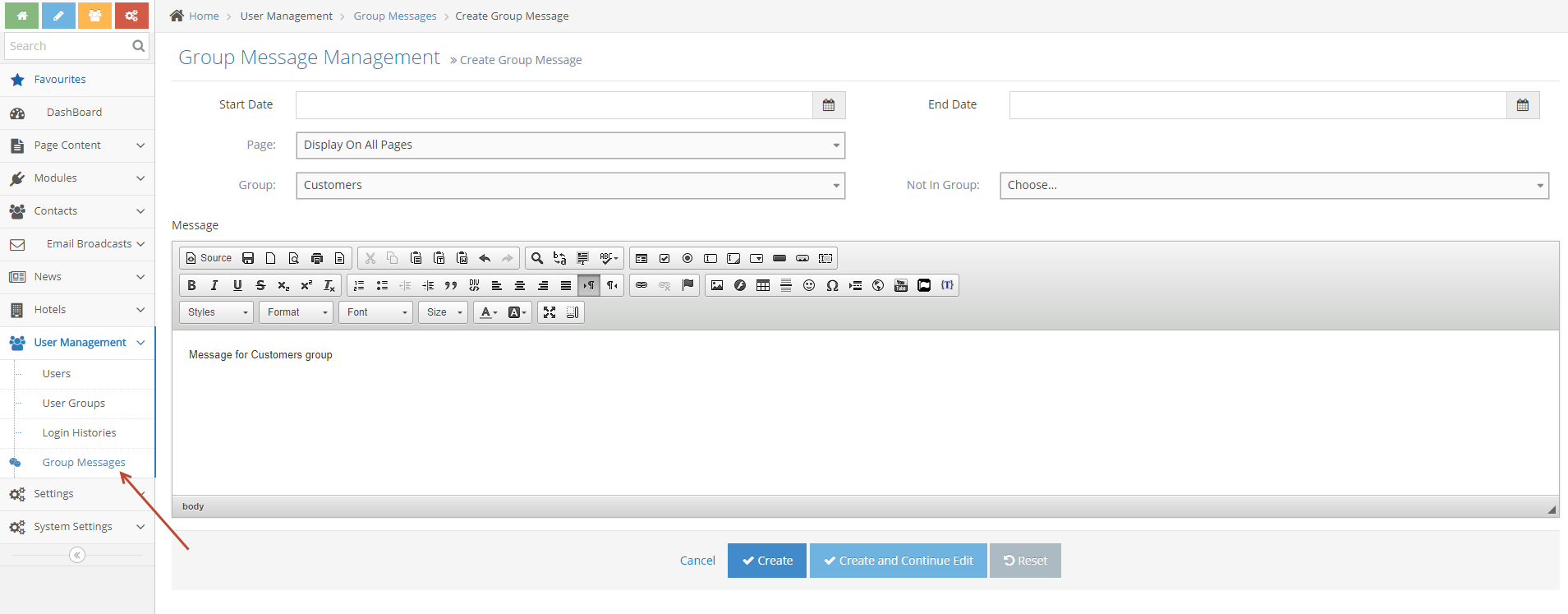
-
5Click Create or Create and Continue Edit once done
Group Redirects
Why use the Group Redirect Module?
Often a company wishes its users to land on a specific page - regardless of where else they may need to go on the website.
This is the way to control the landing page for a specific group
How to automatically navigate to a document or page?
When a client has Logged In successfully, the user will be redirected to the URL specified in the Group settings.
Creating a Redirect for a User or User Groups
-
1Log in as an administrator and go to the Admin Dashboard.
Learn how to log in here → -
2Click User Management > User Groups
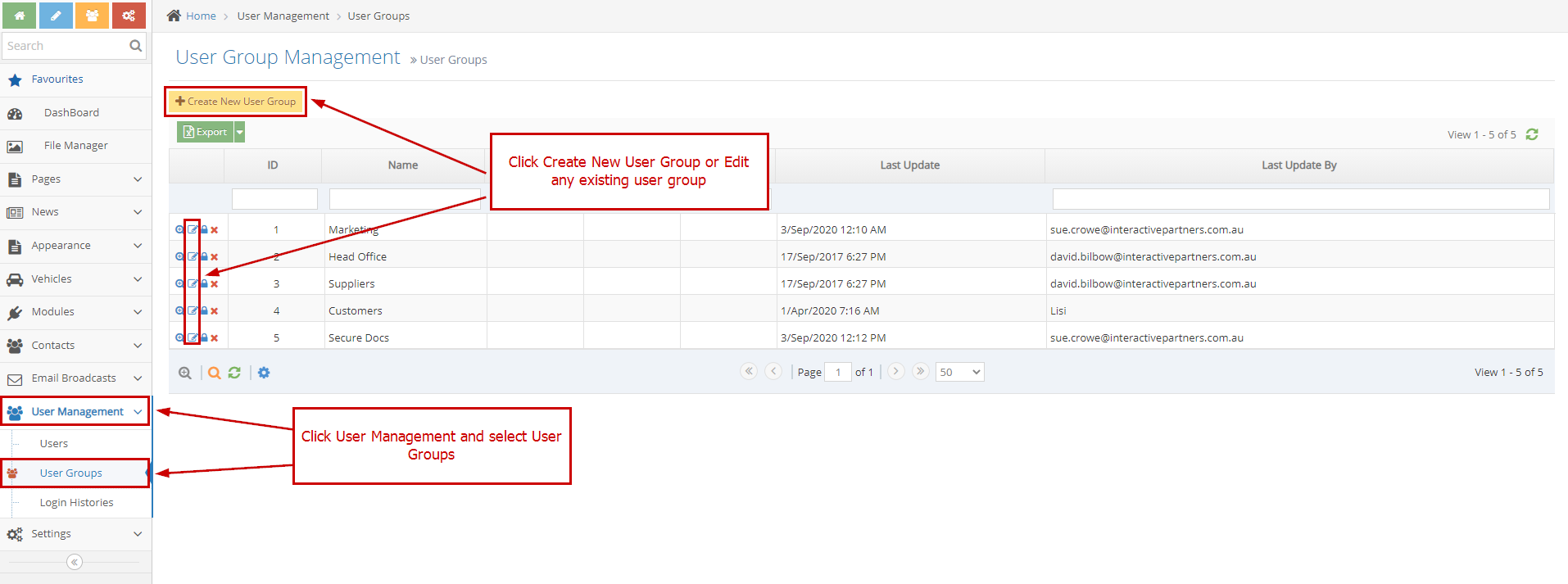
-
3Create a New User Group (or edit the name of an existing group)
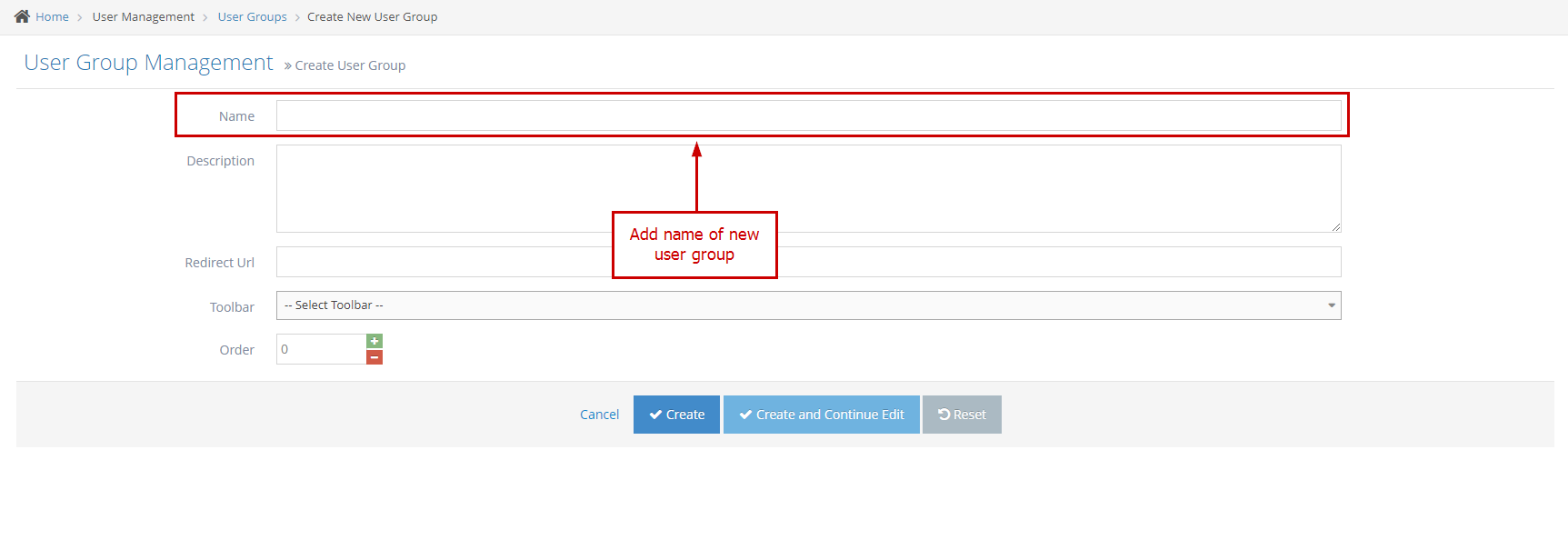
-
4Update Redirect URL in the available User Group
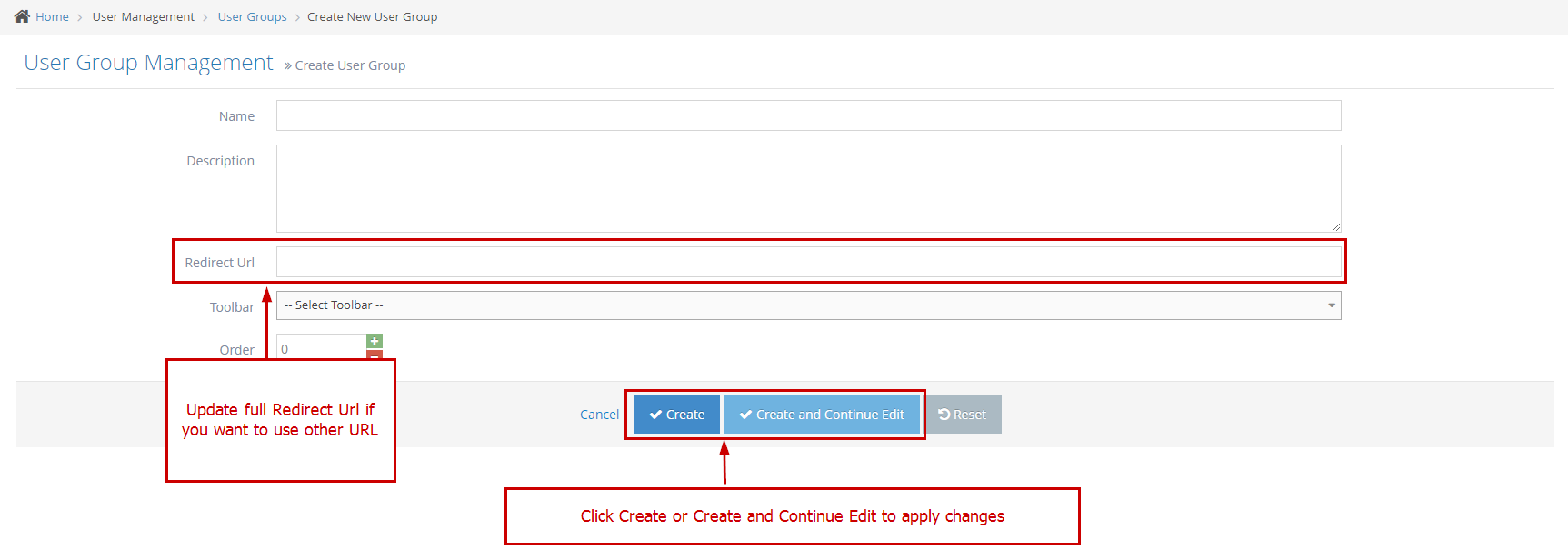
Set Up User related to User Group
-
1Log in as an administrator and go to the Admin Dashboard.
Learn how to log in here → -
2Go to User Management
-
3Users and choose to Create New User (or edit an existing user)
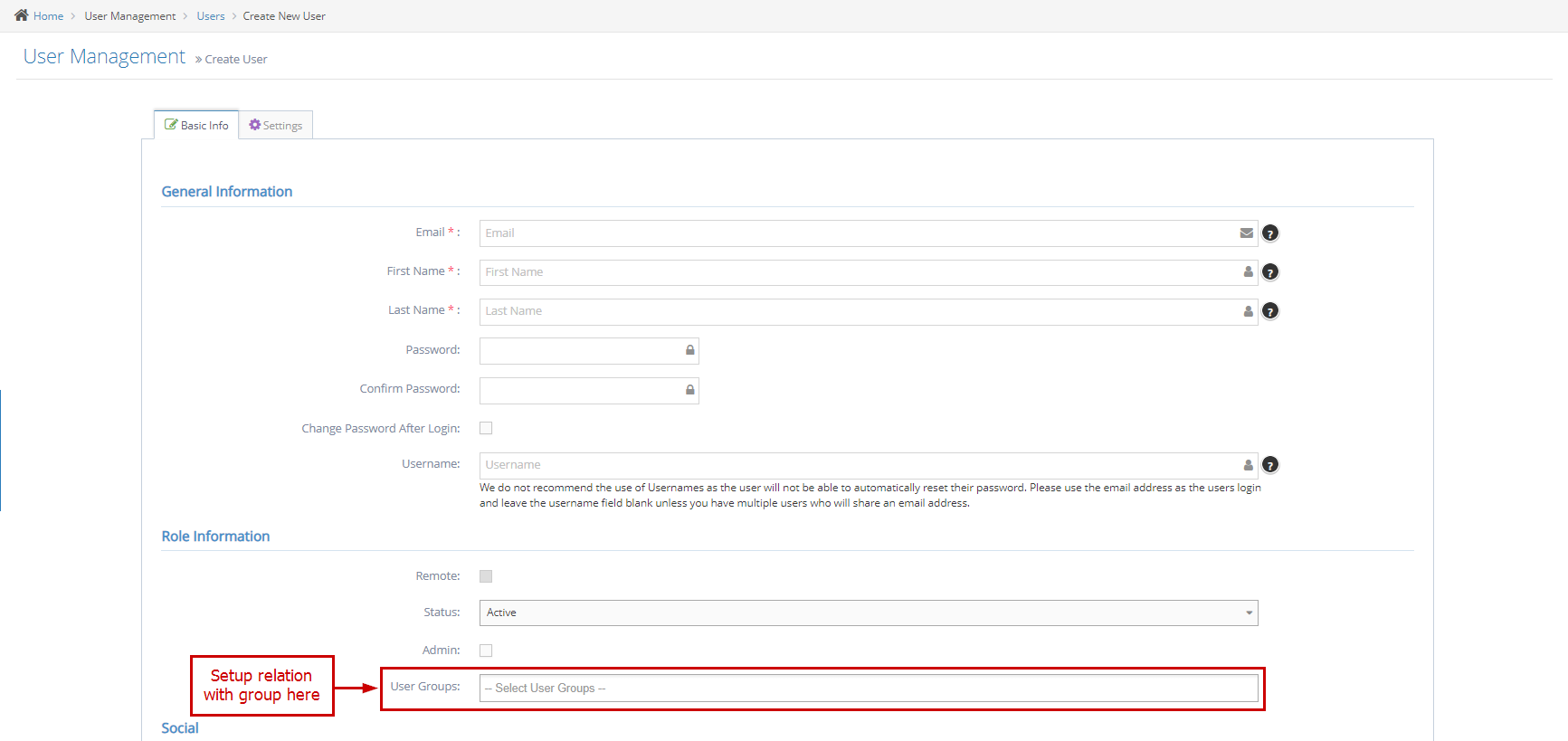
-
4Or update the User Group
-
5Log in with the user and check the result
-
6Log in page

-
7After Logging in successfully, the user will be redirected to the URL specified in the Group Settings and the selected page will be displayed.
